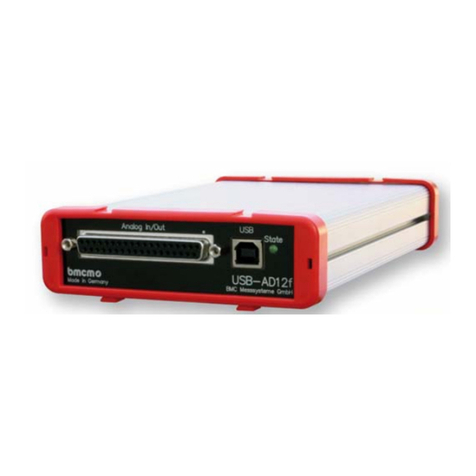
4
There are six push buttons on the front panel of the TR150, which are available for use in
normal operation. Each of these is described below:-
Front Panel
Button Function of Button in Normal Operation Mode
To switch the TR150 ON or OFF press and hold the button.
The RANGE button allows the user to toggle between two
independent scales. The range that has been selected is
highlighted by an annunciator.
The HOLD button allows you to hold/freeze the current display
value when the button is pressed. Pressing the HOLD button
again releases the display. The HOLD annunciator is illuminated
when in the HOLD mode, and the display will flash to warn that
the user is not viewing instantaneous display values.
The GROSS/NET button, when pressed, allows the user to
toggle between Gross or Net display values. This can be useful
in many applications where it is necessary to display the change
in value from a certain part of the measurement range. When in
NET mode the NET annunciator is lit. When in GROSS mode,
the NET annunciator is not lit.
The SHUNT CAL button can be pressed by the user at any point
in time. The standard unit shunts a 100kresistor across the
negative excitation and negative signal connections. If this is
performed at the end of the calibration procedure, then a figure
can be noted so the user can check calibration accuracy or
connection integrity. The button has to be held down to operate.
When held down the SHUNT CAL annunciator is lit and the
display will flash to warn that the user is not viewing
instantaneous display values.
When the PEAK button is pressed, the display will show the last
Peak reading. To reset the Peak reading, press the PEAK and
TROUGH buttons simultaneously. When in PEAK mode, the
PEAK annunciator will be lit and the display will flash to warn
that the user is not viewing instantaneous display values. To turn
off Peak mode, press the PEAK button again.
When the TROUGH button is pressed, the display will show the
last Trough reading. To reset the Trough reading, press the
PEAK and TROUGH buttons simultaneously. When in TROUGH
mode, the TROUGH annunciator will be lit and the display will
flash to warn that the user is not viewing instantaneous display
values. To turn off Trough mode, press the TROUGH button
again.
UK / Europe Office
Tel: +44 (0)8700 434040
Fax: +44 (0)8700 434045
info@omniinstruments.co.uk
www.omniinstruments.co.uk
Australia / Asia Pacific Office
Tel +61 (0)282 442 363
Fax +61 (0)294 751 278
info@omniinstruments.com.au
www.omniinstruments.com.au
USA / Canada Office
Tel +1-866-849-3441
Fax +1-866-628-8055
info@omniinstruments.net
www.omniinstruments.net





























